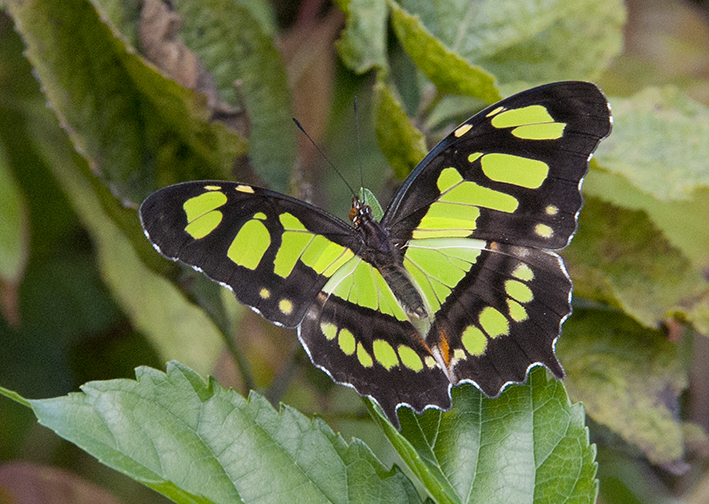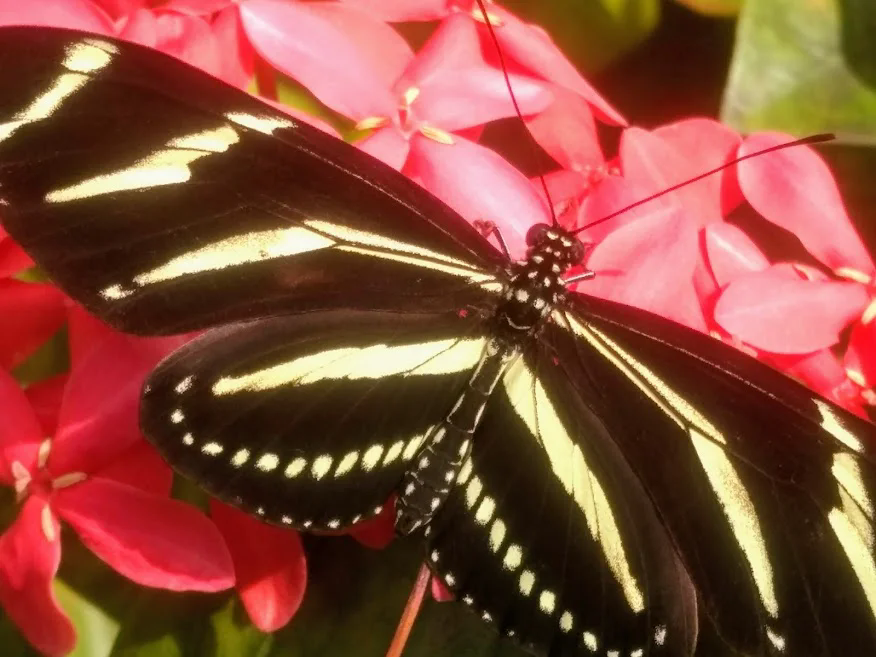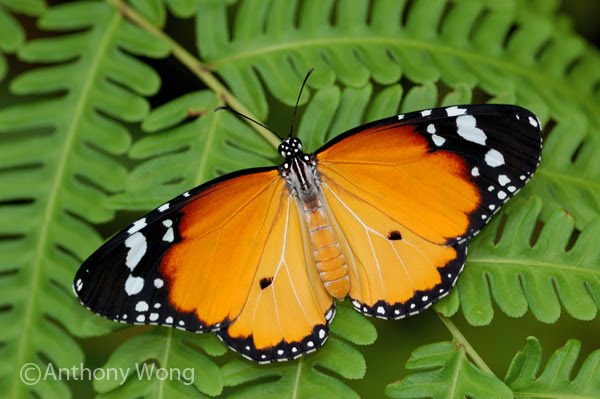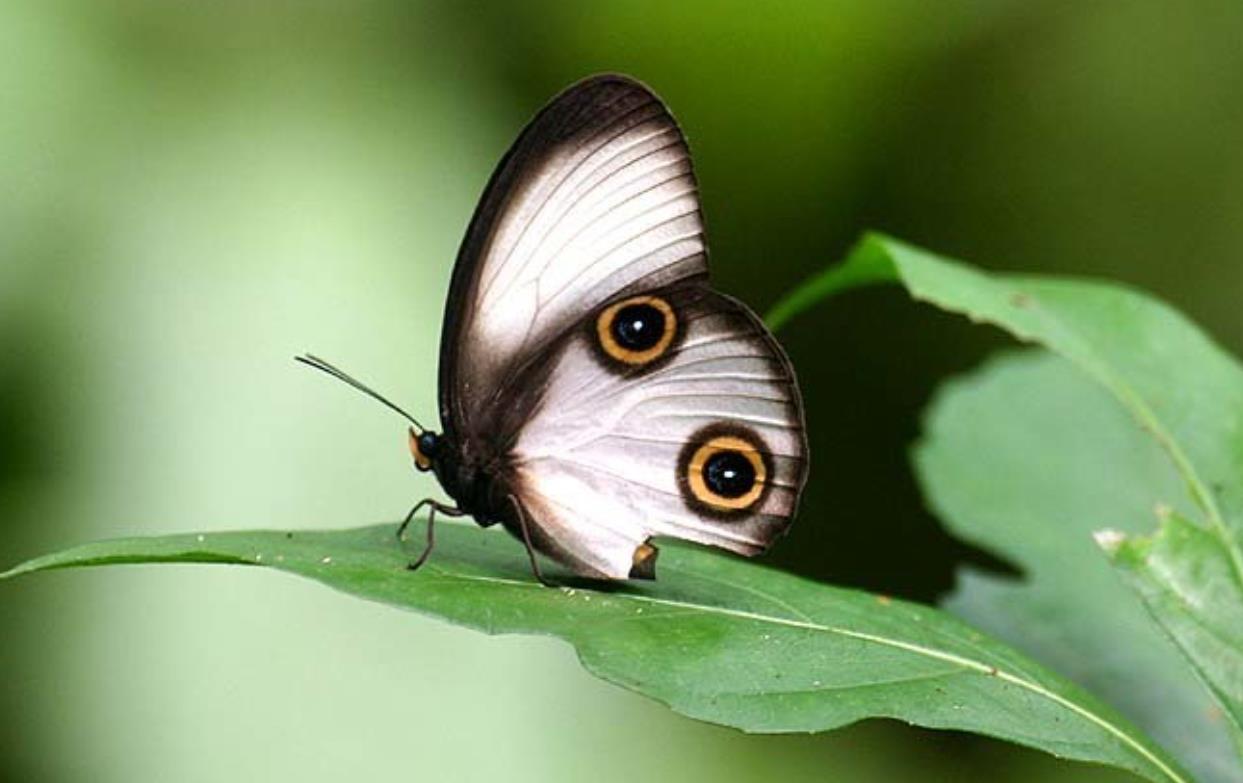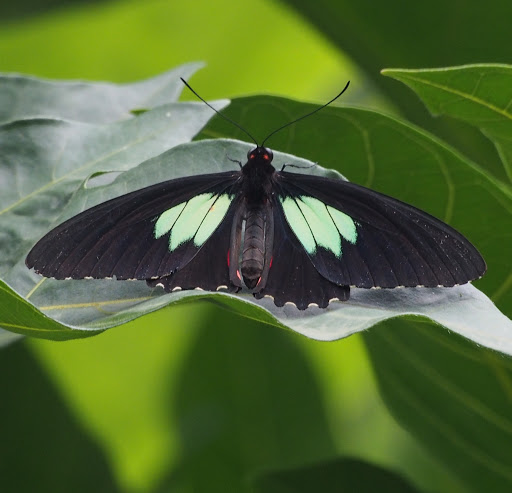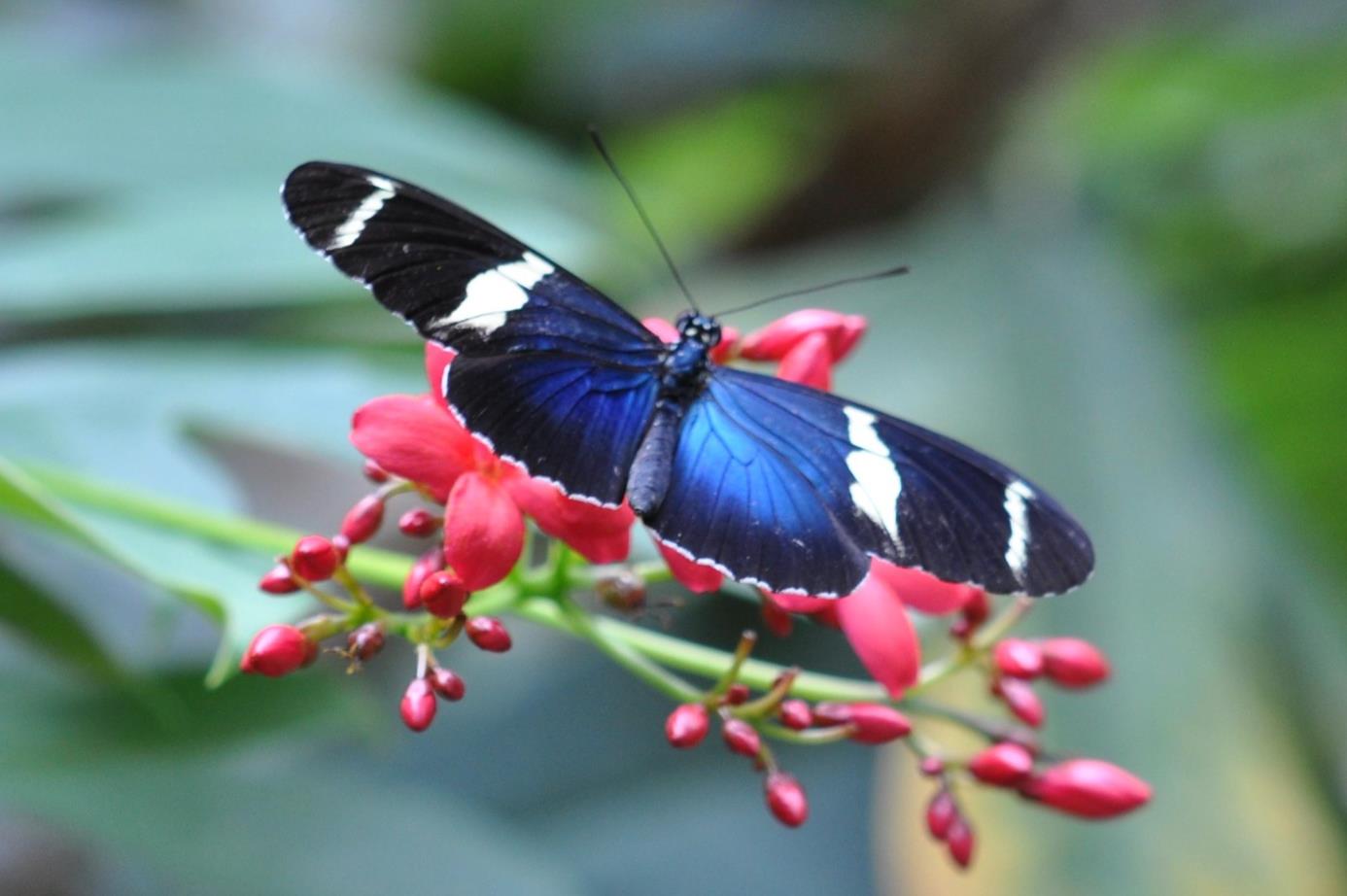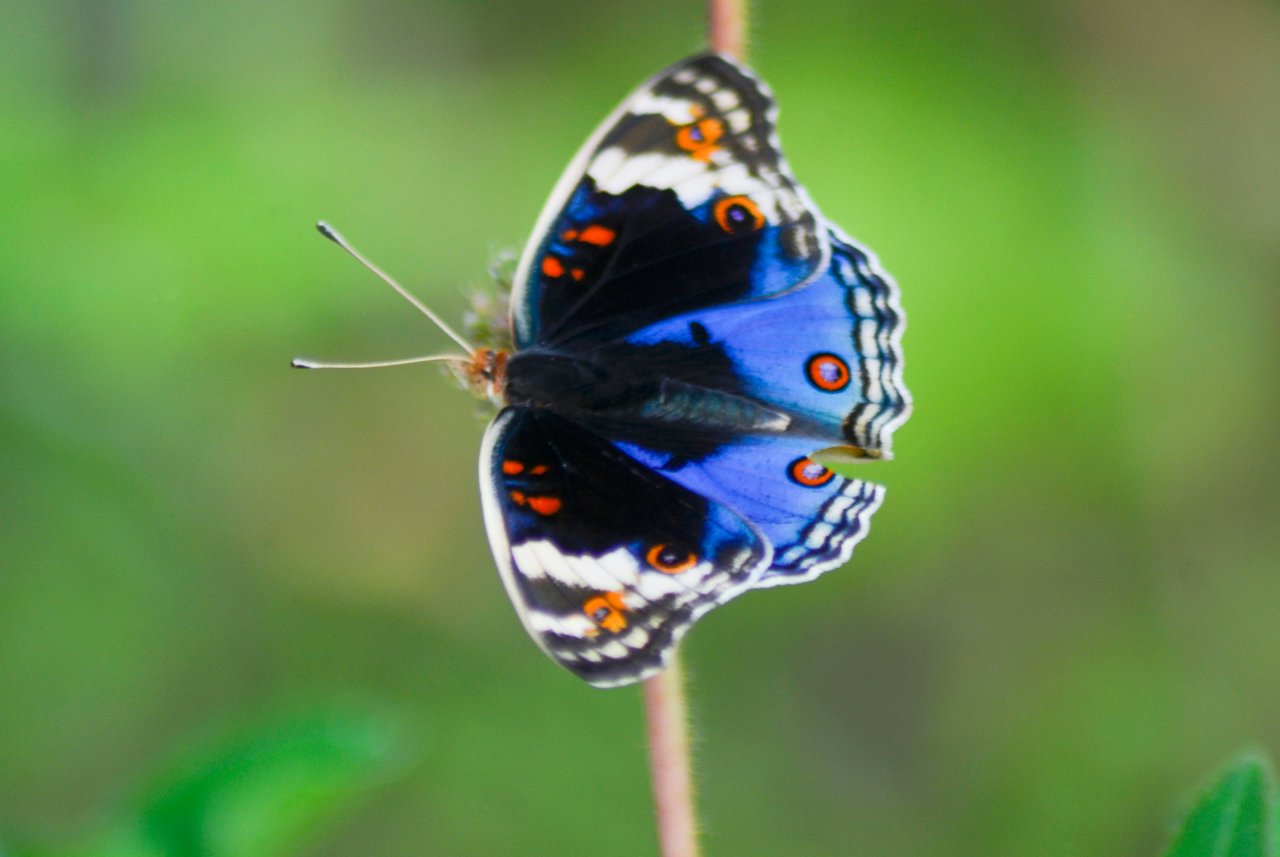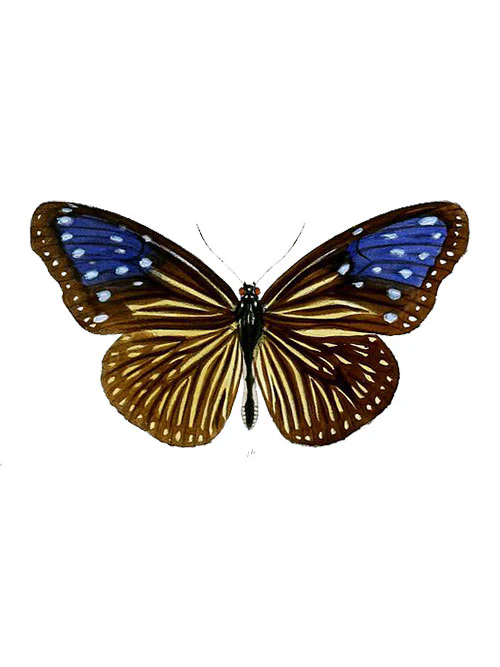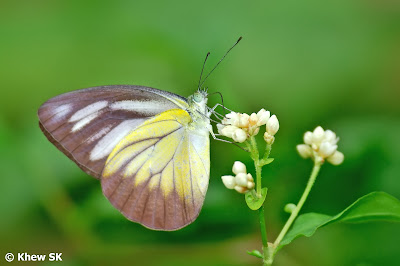Malachite butterfly FACTS | Siproeta stelenes
The malachite has large wings that are black and brilliant green or yellow-green on the upper-side and light brown and olive green on the underside. It is named for the mineral malachite, which is similar in color to the bright green on the butterfly’s wings. Adults feed on flower nectar, rotting fruit, dead animals, and bat dung. Females lay eggs on the new leaves of plants in the Acanthaceae family, especially ruellia. The larvae are horned, spiny, black caterpillars with red markings. Malachites often are confused with Philaethria dido. They have similar coloration, but their wing shapes are different. Named … Read more

